Total Lunar Eclipse Broadcast – March 13, 2025
Live online broadcast of the total lunar eclipse from Griffith Observatory.
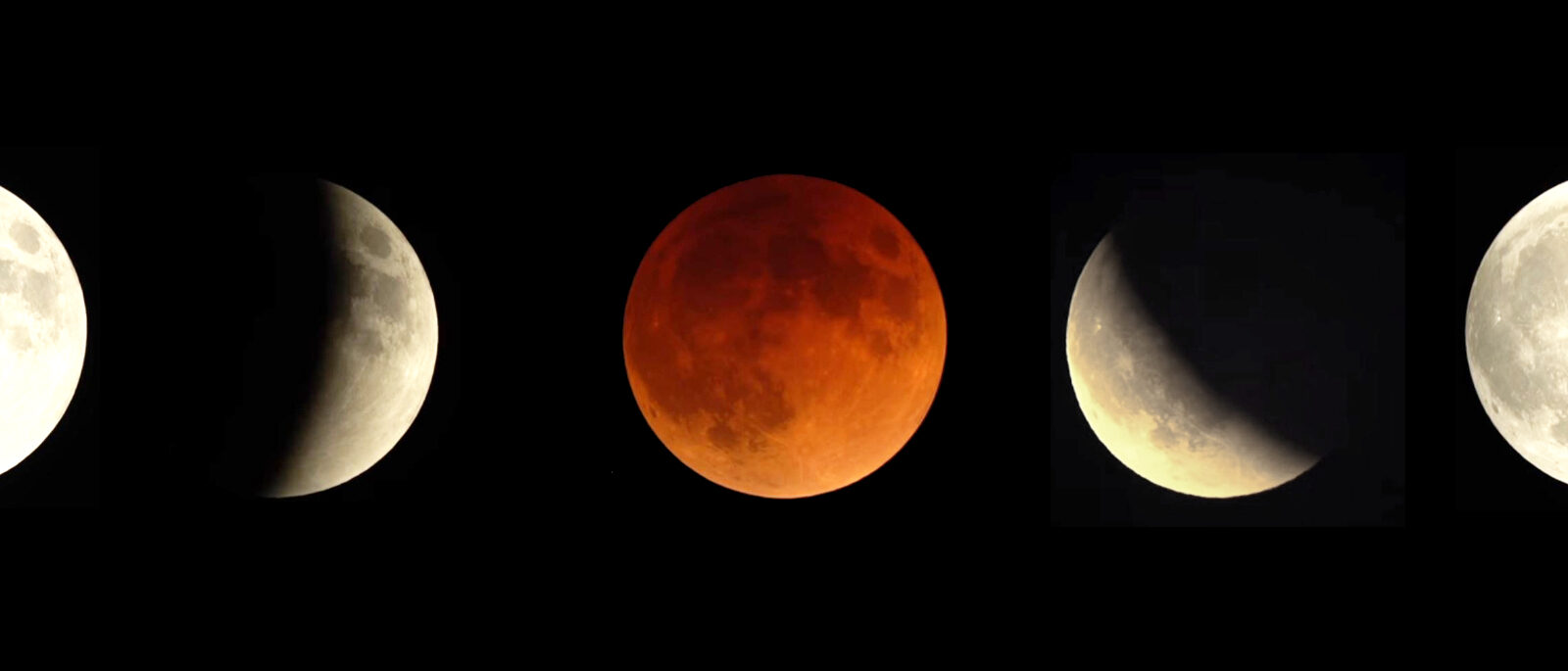
Upcoming Eclipse Events at Griffith Observatory
On the evening of March 13, there will be a total lunar eclipse visible from Los Angeles.
Griffith Observatory is hosting an online broadcast of the total lunar eclipse on March 13 from 8:50 p.m. – 3:05 a.m., PDT. Griffith Observatory is NOT conducting onsite public viewing. Griffith Park will NOT be open during the broadcast. The Observatory will stream the eclipse live online, weather permitting.
NOTE: If skies are clear, the eclipse should be visible to the unaided eye from anywhere in southern California. It is safe to view a lunar eclipse without any eye protection. You do not need a telescope to see a lunar eclipse. Just go outside and look up to the southeast.
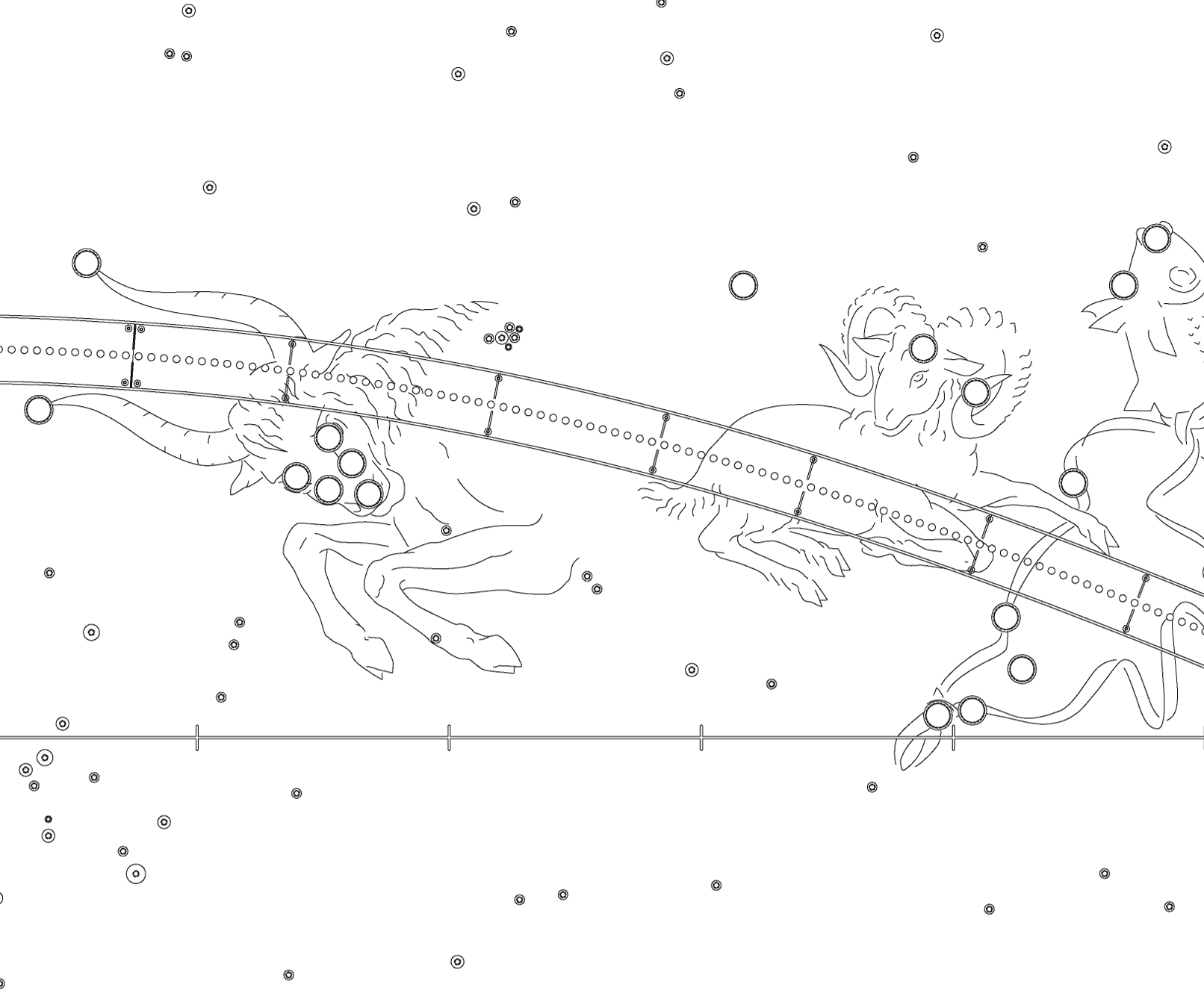
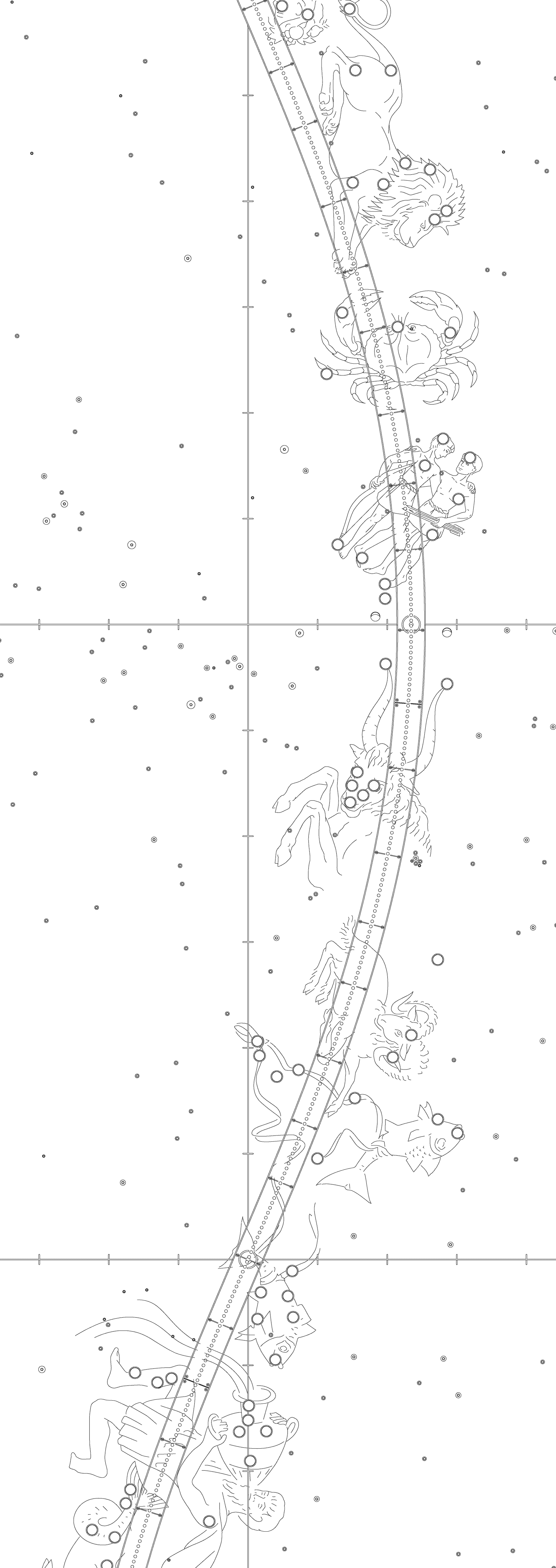
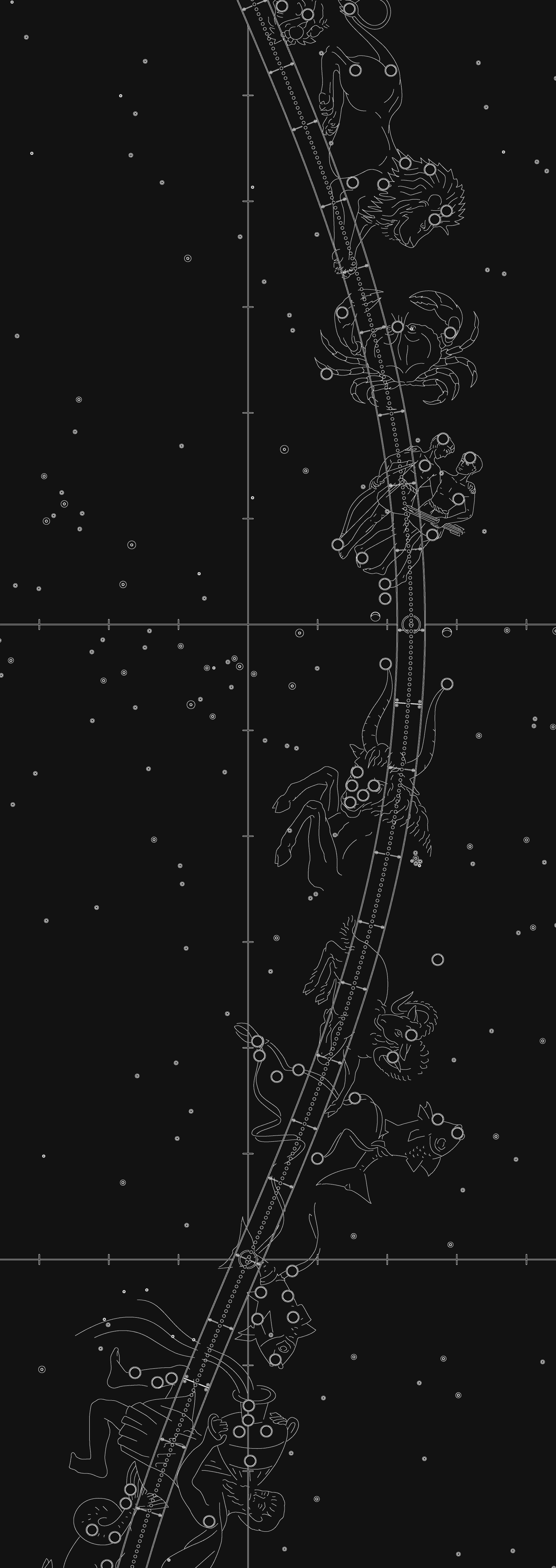
Eclipse Broadcast Timeline (All Times in PDT)

| 6:44 p.m. | Moonrise |
| 8:50 p.m. | Online broadcast begins |
| 8:57 p.m. | Penumbral eclipse begins |
| 10:09 p.m. | Umbral eclipse begins |
| 11:26 p.m. | Total eclipse begins |
| 11:59 p.m. | Greatest Eclipse |
| 12:31 a.m. | Total eclipse ends |
| 1:48 a.m. | Umbral eclipse ends |
| 3:00 a.m. | Penumbral eclipse ends |
| 3:05 a.m. | Online broadcast ends |
What is a Total Lunar Eclipse?

A total lunar eclipse occurs when the Moon passes directly into the dark inner shadow, or umbra, cast by the Earth. On March 13, one hundred percent of the round disk of the full Moon slowly moves into the dark shadow, and the bright Moon grows dim. The Moon does not, however, become completely dark. Instead, it usually glows with a copper or red color, a result of sunlight being filtered and bent through the Earth’s atmosphere (much like a sunset).
The lunar eclipse is visible throughout southern California and may be seen easily with the unaided eye, though telescopes or binoculars may enhance the view.
The next total lunar eclipse visible in Los Angeles will occur on March 3-4, 2026.
To learn more about eclipses, please visit our eclipse info page.
Advice for Viewing
If skies are clear, the eclipse will be visible to the unaided eye from anywhere in continental United States. It is safe to view a lunar eclipse without any eye protection. You do not need a telescope to see a lunar eclipse. Just go outside and look up to the southeast.